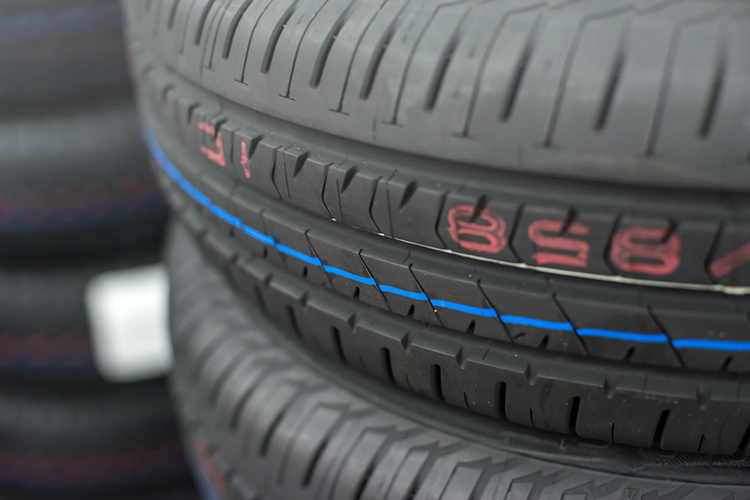
Car running costs can easily be reduced if you’re willing to put in the effort. (Photo: 123RF.com)
As motorists, we are always trying to reduce our running costs so that we can put the money we saved towards more important things.
Faced with a pandemic and a gloomy economic outlook, the need to reduce our car running costs has never been greater.
Here are seven handy tips to help you lessen your motoring burden.

PLAN YOUR ERRANDS
This process can be quite tedious as it requires everyone in your family to share their schedules. But as they say, a bit of planning goes a long way.
Planning your daily trips helps economise the use of your car. For instance, if you live in the east and have an errand in the west, wait till someone also needs to head in that direction. Then, set a day to run both errands together.
Having a car makes it easy to just get in and drive anywhere, anytime. But keep doing that and you’ll only spend more on petrol.
Which leads us to the second tip…

TRY NOT TO EXCEED 20KM PER TRIP
We know this isn’t always possible. But if you really want to minimise your car running costs by reducing your petrol expenses, don’t drive more than 20km per trip.
Obviously, the further you drive, the more fuel you are going to burn.
We recommend 20km because that’s usually when the engine has had enough time not just to warm up, but reach its optimal temperature. When this happens, the engine oil’s protection should also be at its peak – provided you’re using the correct grade and viscosity.

Certain carparks, such as this one at One Fullerton, are known for their expensive parking rates.
FIND CHEAPER PARKING
This is one of the best ways to reduce your car running costs.
If you’re heading to an area like the CBD where parking is expensive, search for carparks with cheaper rates instead. Utilise resources such as sgCarMart’s Parking Rate Guide.
When I travel into the CBD, I usually park outside the area and take the MRT in. The commute gives me some exercise and I also get to enjoy the improvements made to the train services.
Such an arrangement is also a good way to avoid ERP charges, which will soon be levied on drivers again.

DIY CAR WASHING
Washing your car yourself instead of paying $10 at the petrol kiosk every month goes a long way towards reducing your car’s running costs.
A good quality shampoo will cost around $20. But from that single bottle of concentrated formula, you should be able to wash your car at least 20 times.
Even if you factor in $0.80 per bucket of water, you’ll still come out way ahead compared to paying $10 per wash.
As a bonus, you get a bit of a workout, too, what with all that standing up, squatting down and carrying pails of water around!

Most drivers will be fine using eco-friendly tyres.
SWITCH TO ECO-FRIENDLY TYRES
If you’re not a driving enthusiast, you should definitely consider swopping to eco-friendly or low rolling resistance tyres at your next tyre change.
Tyres from Yokohama’s BluEarth and Bridgestone’s Ecopia lineups are a good bet if you want tyres that can help you save fuel.
Your engine will not have to work so hard when moving off, since the tyres help it more easily overcome the car’s inertia. In the long run, the fuel saved reduces your car running costs.

USE A LOWER OCTANE FUEL
Before switching to a different fuel grade, check your owner’s manual and see what RON or octane it recommends.
If your car can run on 92-octane, you can definitely switch to this instead of filling up with 95-octane. Similarly, if you’ve been filling up with 98-octane, see if it’s safe to switch to 95.
If it’s safe to switch to a lower octane, go ahead and do so. You’ll be saving a bundle on your car running costs.

Keep a cool head and avoid road rage so you can reap the benefits of a gentler driving style.
SMOOTH AND STEADY
Following the preceding tips is good, but it will all come to naught if you don’t adopt a gentler driving style.
We don’t suggest hypermiling to reduce your car running costs as this is impractical for most drivers. However, we do recommend avoiding abrupt acceleration and sudden braking, as these will cause poorer fuel economy.
Accelerate progressively and anticipate slowdowns so you can time your braking. Actions like these will make you a smoother and more efficient driver, thus putting more money in your pocket.
3 ways to improve fuel economy without hypermiling
5 ways the circuit-breaker has benefited drivers
More drivers now think high-octane fuel is unnecessary
5 ways to become a smoother driver












